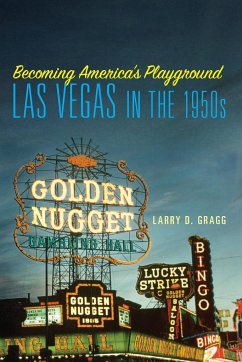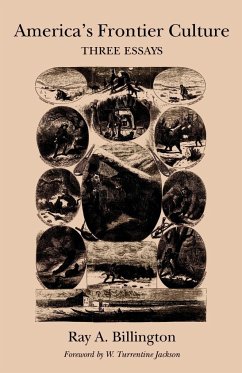
America's Original GI Town
Park Forest, Illinois
Herausgeber: Muller, Edward K.; Schuyler, David
Versandkostenfrei!
Versandfertig in 1-2 Wochen
35,99 €
inkl. MwSt.

PAYBACK Punkte
18 °P sammeln!
At the close of World War II, Americans became increasingly concerned about the problem of housing for returning veterans, relocated defense workers, and their families. Designs such as the garden city that dated from the turn of the twentieth century or earlier were prominent once again, as planners saw a renewed need for ready-made communities. One such community--among the first and, perhaps, most representative--was Park Forest, Illinois, a privately built and publicly managed town twenty-six miles south of Chicago. In this book, Gregory Randall presents the history of the planning, desig...
At the close of World War II, Americans became increasingly concerned about the problem of housing for returning veterans, relocated defense workers, and their families. Designs such as the garden city that dated from the turn of the twentieth century or earlier were prominent once again, as planners saw a renewed need for ready-made communities. One such community--among the first and, perhaps, most representative--was Park Forest, Illinois, a privately built and publicly managed town twenty-six miles south of Chicago. In this book, Gregory Randall presents the history of the planning, design, construction, and growth of Park Forest. He shows how planners--who dubbed the new community a "GI town"--drew on lessons learned from English garden cities and New Deal greenbelt towns to cope with America's emerging peacetime housing crisis. He also shows how this new town changed community planning throughout the United States, including its effects on community development up to the present.












